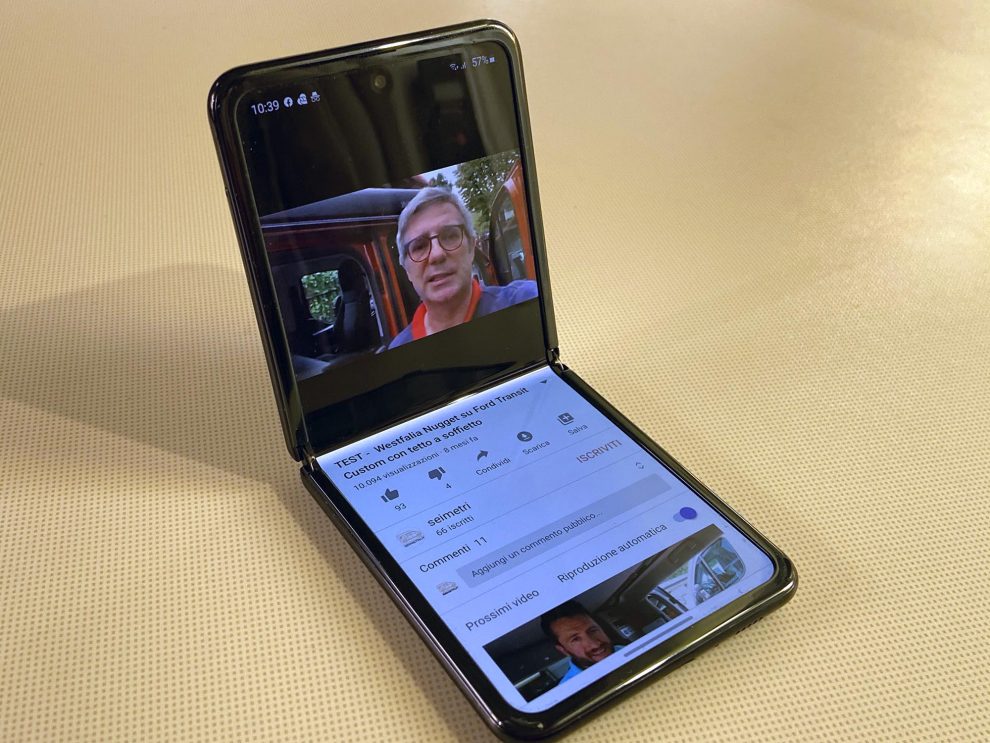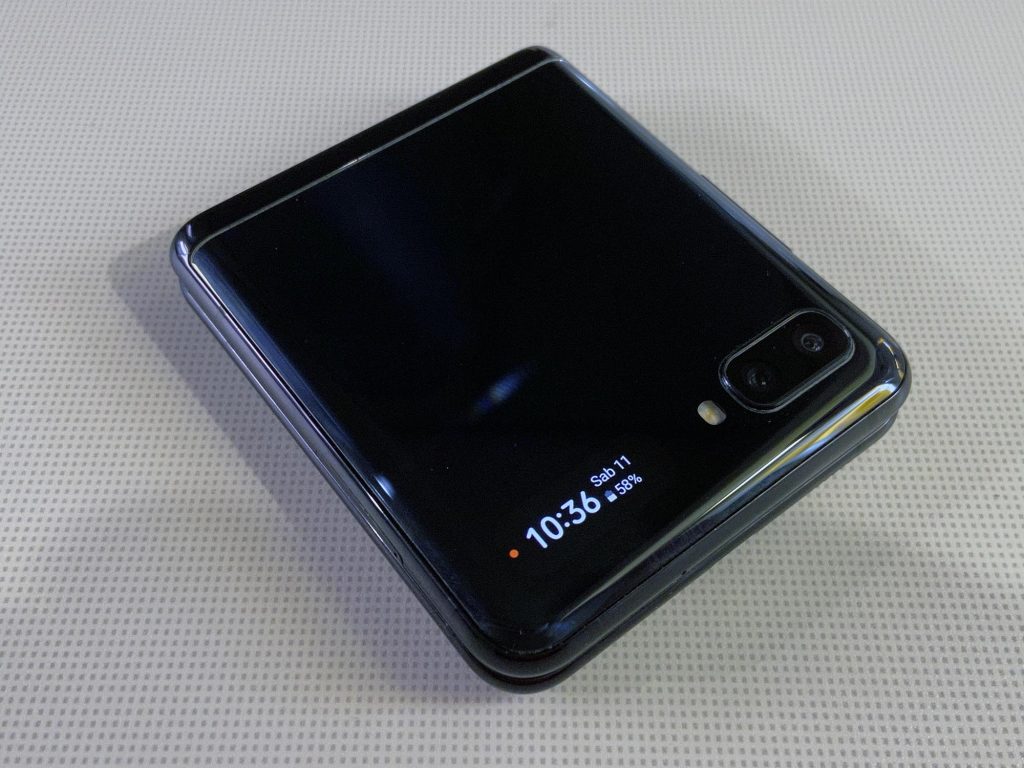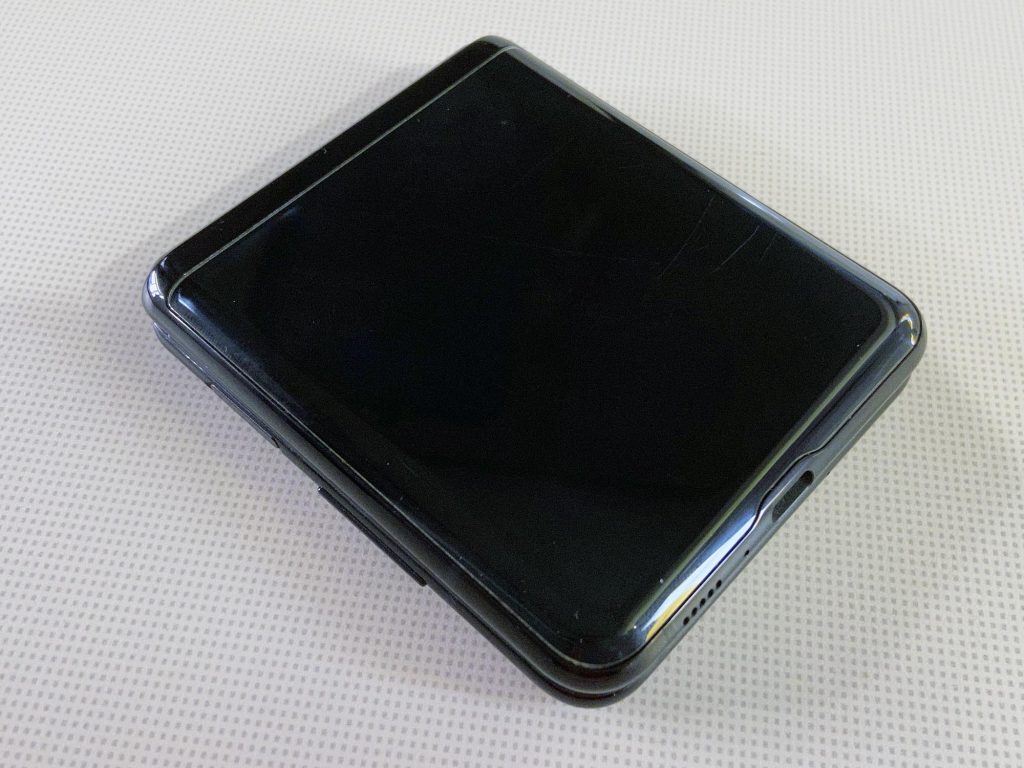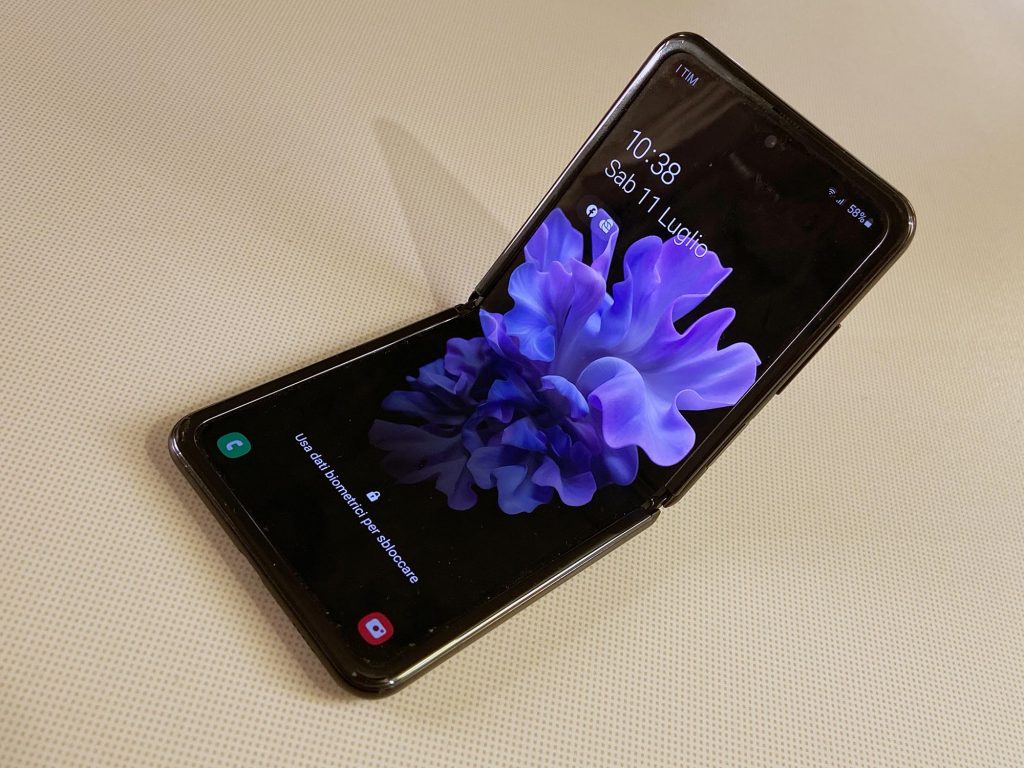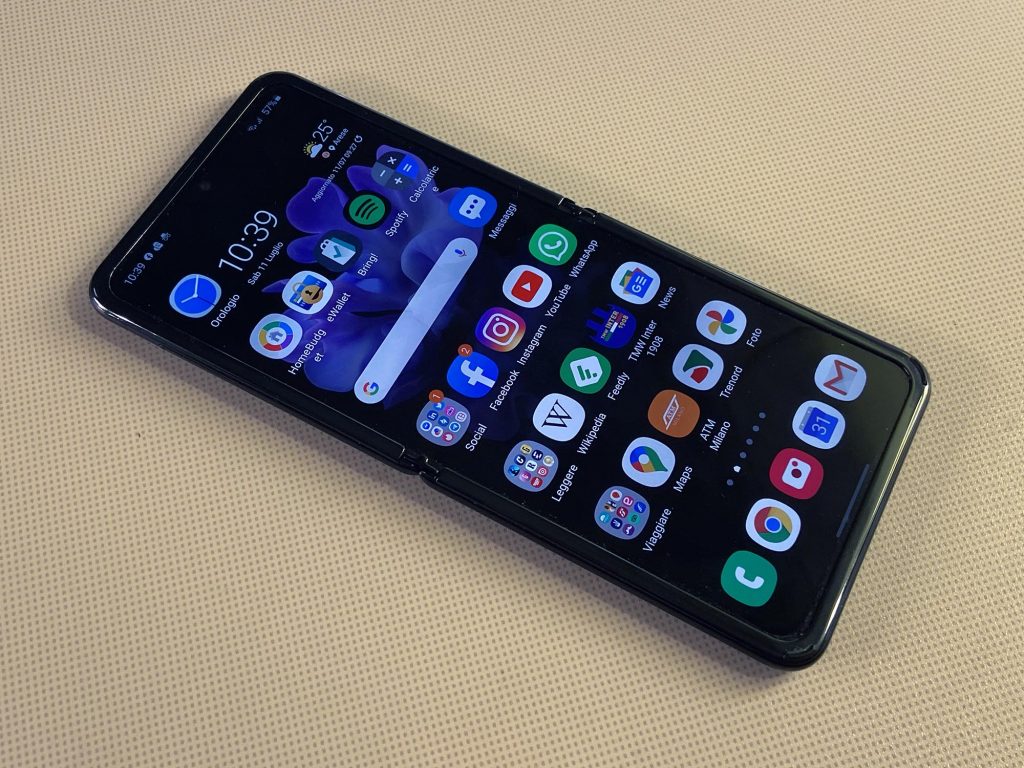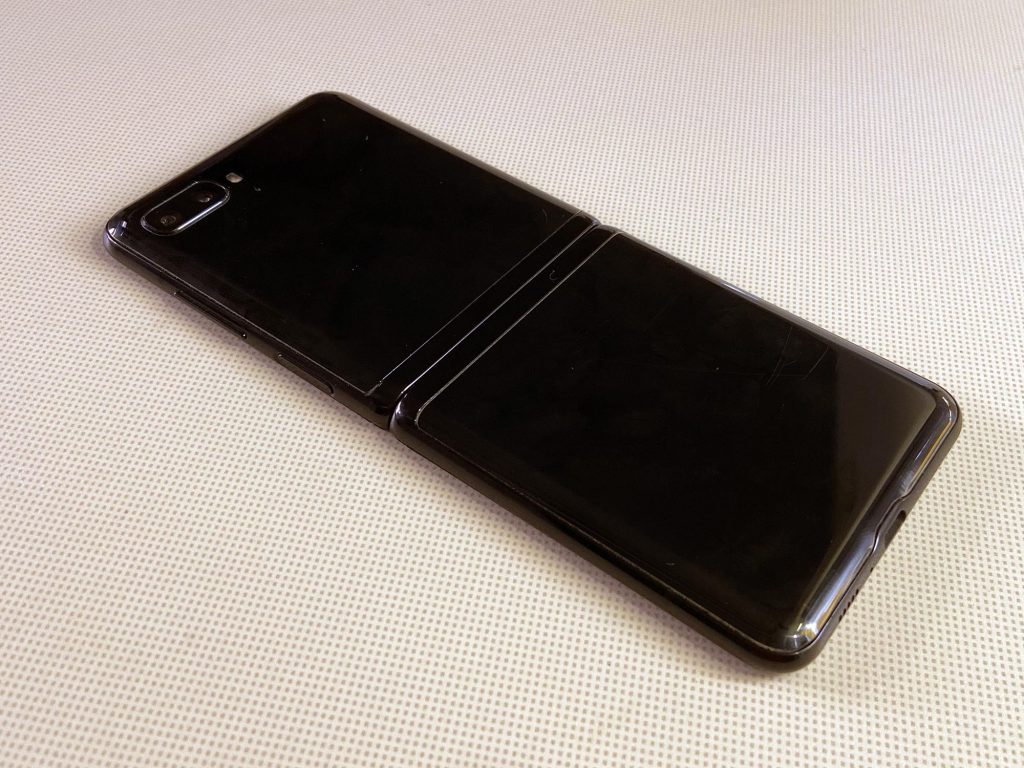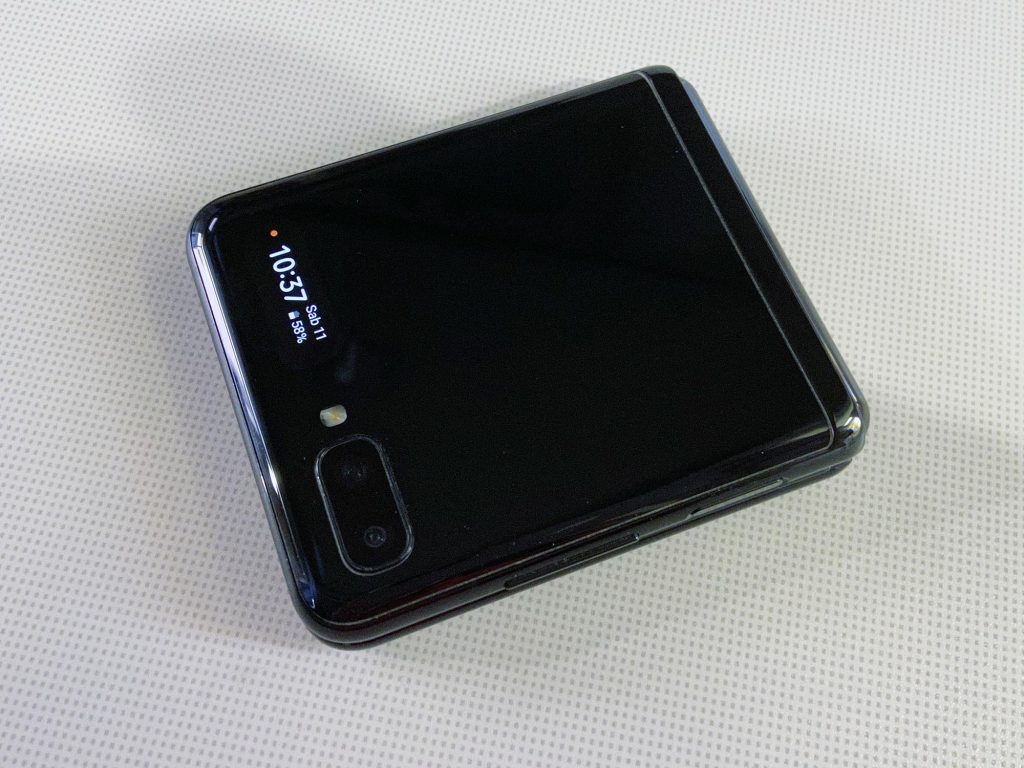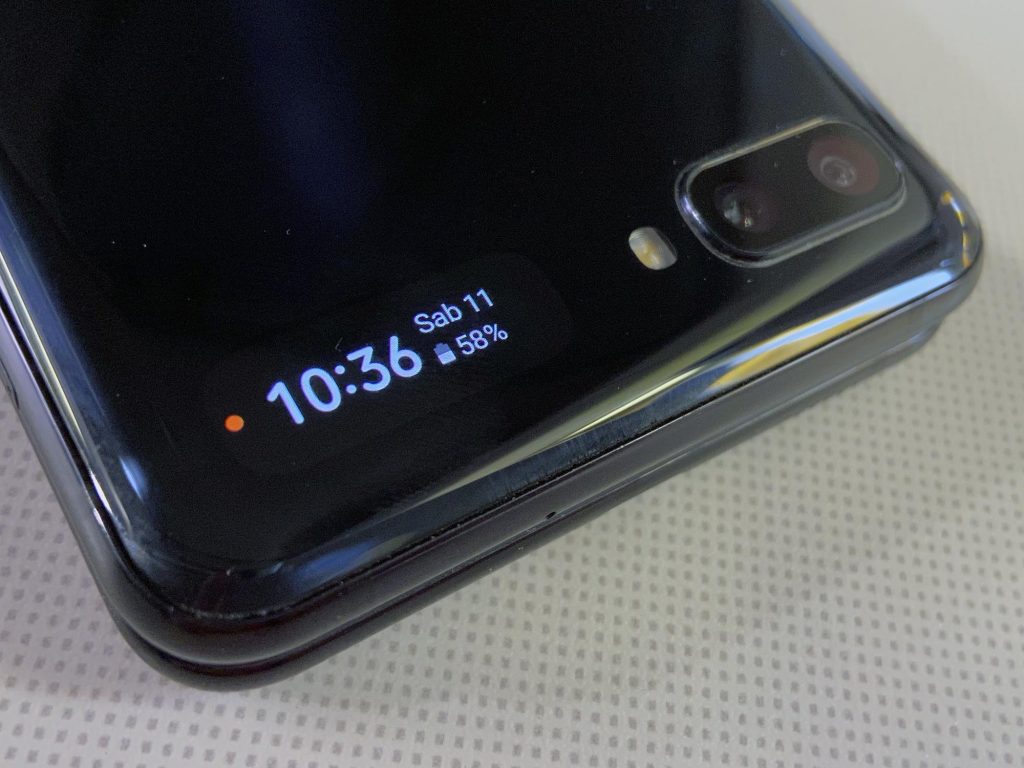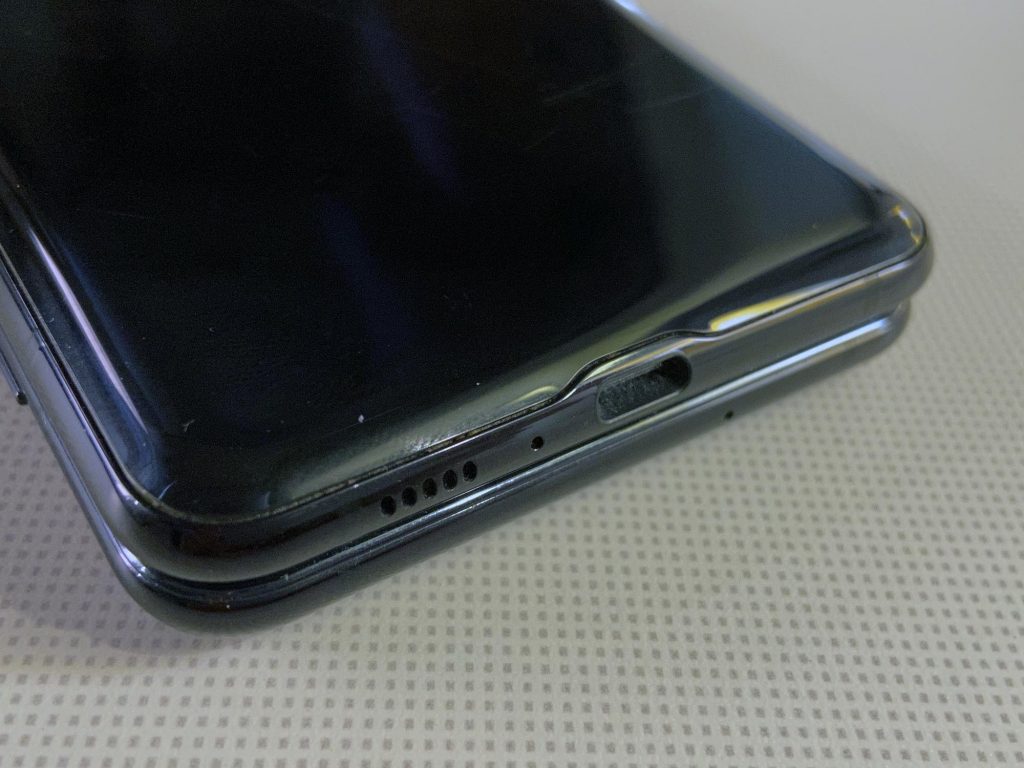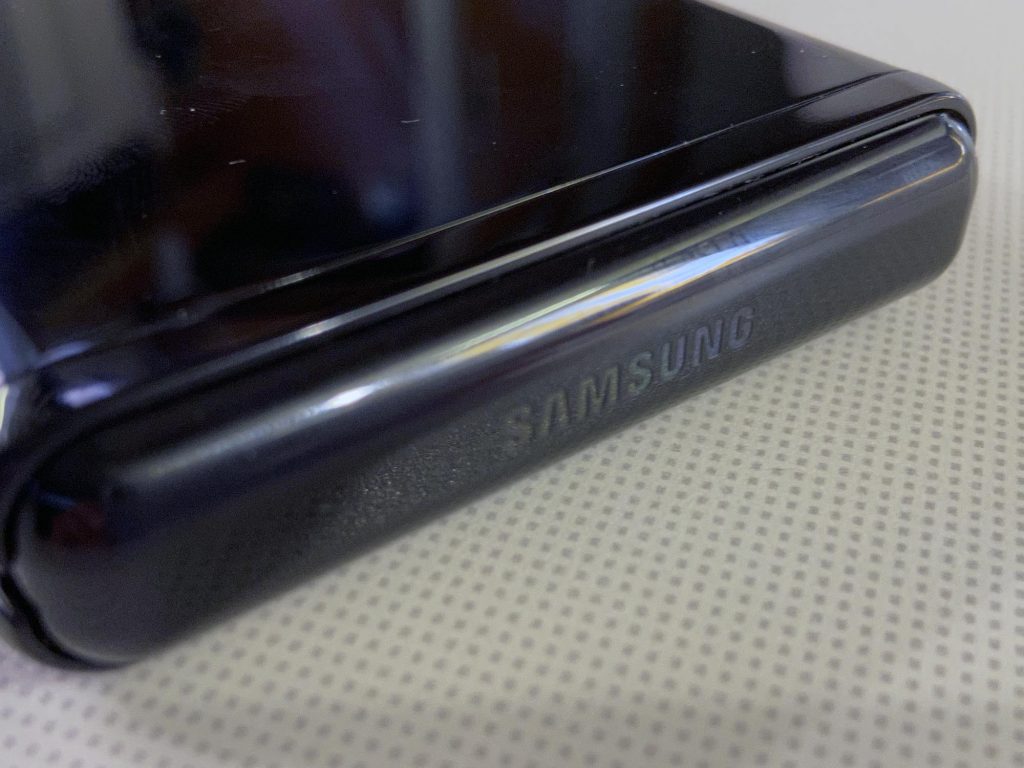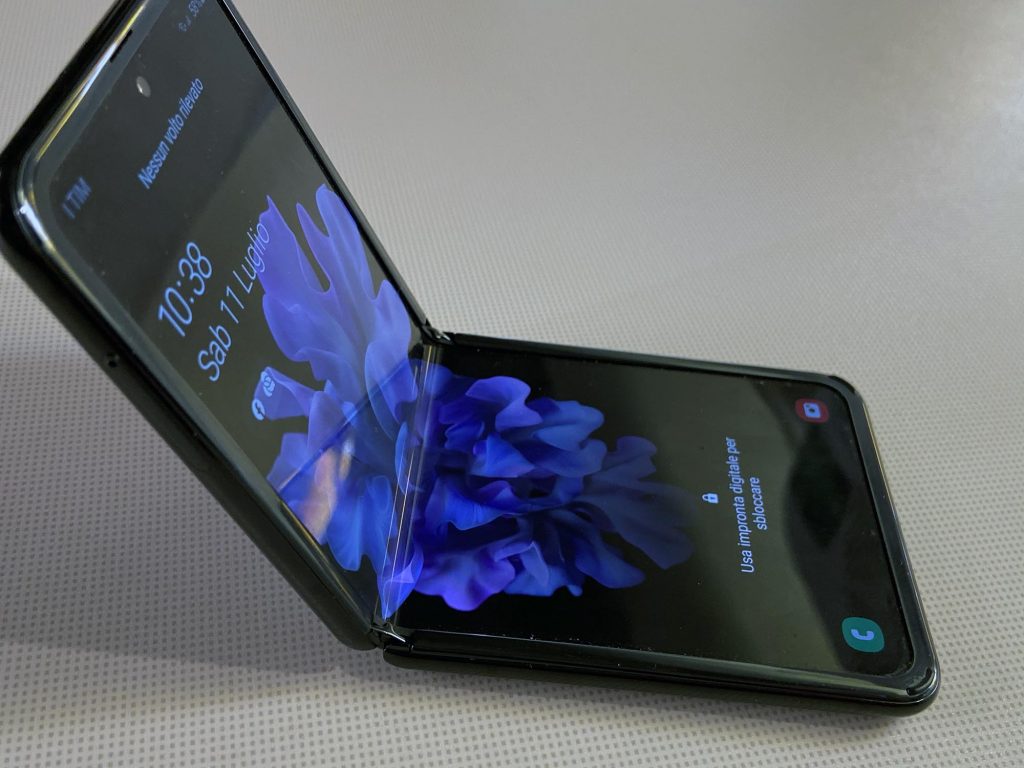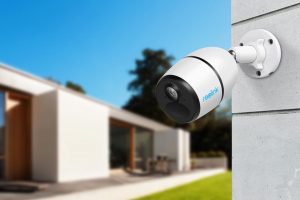
PROS
- Compact size when closed
- Even partial screen opening
- Robust hinge
- Good camera compartment
- Display ratio 21:9
CONS
- External screen too small
- Anonymous design
- Easy to scratch
- Price too high
Mean retail suggested price: €1,520.00
August 8, 2020 – Foldable smartphones are fascinating, needless to deny, but are they also practical? After testing the Motorola Razr, which we actually liked a lot, we got to use the Samsung Galaxy Z Flip for a few weeks. It is a different phone than the American one, even if it shares the philosophy of the screen that folds in half. While the Motorola firmly aims at a great image and style operation, essentially reviving an icon, the Korean competitor looks to the substance. In fact, there is more of it than the Razr, but there is no doubt that the charm is inferior. Matters of personal taste, however, also because if you choose purple, the personality increases.
The linear style makes the Galaxy Z Flip rather anonymous when open: if it were not for the slight indentation that crosses the screen in the central part, it could be mistaken for any Android phone. And just that slight hollow reveals to us how different the type of display chosen by Samsung is. Unlike the Motorola, which adopts a thin plasticized sheet, under which – to the touch – the mechanisms of the hinges can be perceived, here we are faced with a screen made of glass, even if much thinner than those we are used to. And that means having much more normal finger feedback. With the exception of the central recess, which is impossible not to notice, but which is still used to it.
It opens like a laptop
The opening mechanism also has a different concept. While the Razr pops open, the Galaxy Z Flip has a hinge that allows for a gradual opening, more like that of a laptop. The greatest advantage we have found is that this is a very practical system for managing video calls: the smartphone can be left on the table for an always perfect shot without annoying movements. Some applications are then optimized for this mode, for example YouTube, but in reality we have never found other significant advantages.
To open it, one hand is enough, but the operation is not very practical, because the resistance that the display opposes to opening is significant. Once you get used to it, however, it’s not a problem. Indeed, opening and closing the phone ultimately offers a subtle satisfaction. It goes without saying that the greatest advantage of a folding phone is the convenience when you put it in your pocket, since it no longer feels like carrying a tile as it normally happens with other phones.
The two aspects not to be overlooked
Speaking of a folding smartphone, there are two aspects that should not be overlooked. The first is that the resistance of the screen to stresses and external agents is necessarily lower than that offered by a device equipped with robust Gorilla Glass, and for this reason it must be treated with greater delicacy. In the test, while using the Galaxy Z Flip as the primary phone in everyday life, we did not experience any problems. On the other hand, we were surprised that the external surface treatment is more delicate than usual, so small signs caused by rubbing appeared when keeping it in the pocket.
Given the form factor of this device, finding a cover is not easy, but given the value of the object it is worth trying to protect it. The original Samsung case, in leather and divided into two parts, costs around 80 euros. Its use also brings another advantage: the phone no longer slips, and not only from the hands. We have rarely found a device with a grip so low that it moves even when it is placed on a table, so much that at times it seemed to us had a life of its own. And at the beginning, when we had not yet fully understood this characteristic, the phone found itself several times on the ground, even when placed 10 or 15 centimeters from the edge of the table: a slight vibration or an imperceptible inclination is enough to make it slide inexorably towards the abyss. However, this gave us the opportunity to conduct a test that we don’t usually do: that of falling from above. And the Galaxy Z Flip survived at least 4 falls without damage.
It folds at a high price
The second aspect not to be overlooked (and you certainly won’t!) Is that of cost. Even the Samsung is not a cheap product: the suggested retail price is in fact €1,520, €80 less than the Razr, but considerably more than a classic top of the range with a traditional screen. In short, a folding smartphone is certainly not chosen for convenience… The good thing is that this figure includes coverage for one year against accidental damage.
The technical specs are however of a good level: 8-core Snapdragon 855 Plus processor, 8 gigabytes of RAM, 256 gigabytes of storage space, 6.7-inch Dynamic Amoled screen with a resolution of 2,636 by 1,080 points, 12 megapixel main camera f/1.8 with wide-angle lens, secondary 10 megapixel f/2.0 and 3,300 mAh battery. In short, it is a medium-high-end product that does not disappoint in terms of performance. But let’s get to the details.
That poor second display…
With the phone closed, a second screen is positioned outside. However, if the Motorola Razr had thrilled us, in this case the disappointment is great. The inches are only 1.1 and the resolution stops at 300 by 112 points: in practice we are faced with a tiny rectangle that normally indicates the time, date and percentage of remaining battery. When a notification arrives, an icon is added that shows which app is affected. By opening the phone, however, you always find yourself in the point where you were when you closed the screen and not in the application that generated the notification. In the laudable intent of increasing the usefulness of this micro-display, Samsung tries to propose it as a viewfinder for the camera, but the result is somewhat questionable. The external display is the element we least liked about this phone.
Rather valid, however, the cameras, especially the main one. The specs are essentially borrowed from those of the Galaxy S10, therefore the previous generation compared to the top of the range currently on the market, but the qualitative results are more than good, satisfying even in freehand night shooting.
Charge even wirelessly
The 3,300 mAh battery allows for trouble-free use in the working day, but if it happens to “stretch” until late in the evening, you could run out of oxygen. For fast charging, the USB-C port is used, so special earphones are also provided in the package, while if you are not in a hurry you can take advantage of wireless charging, but in this case you will need to get a dedicated charger that does not come with the phone.
From a security point of view, the Galaxy Z Flip features facial recognition and a fingerprint sensor. The first turned out to be a bit lazy, especially in low light conditions, while the second, positioned laterally and integrated into the power button, has always done its duty. Proving very useful when wearing the mask imposed by the Coronavirus regulations.
This Samsung is compatible with 4G LTE networks and houses a card in nanoSIM format and an integrated card. The storage space is not expandable. In recent weeks, a version of the Galaxy Z Flip has been announced that is compatible with 5G networks. Basically, after several weeks of use we must say that we appreciated this smartphone. If he had a little more personality, he would have also turned on our hearts and not just our heads. But despite everything, in the end we got so used to not feeling its presence (in our pockets), that now that it is not there we will miss it.
TECH SPEC
- Processor: Snapdragon 855 Plus
- RAM: 8 GB
- Storage space: 256 GB, not expandable
- Display: Dynamic Amoled 6.7”, 2,636×1,080 pixel
- Folded size: 87.4 x 73.6 x 15.4-17.3 mm
- Opened size: 167.3 x 73.6 x 6.9-7.2 mm
- Weight: 183 gr
- Main camera: 12 MP, f/1.8
- Front camera: 10 MP, f/2.0
- Wireless connections: LTE 4G, Bluetooth 5.0, Wi-Fi 802.11 a/b/g/n/ac
- Fisical connections: 1 USB-C 2.0 port
- SIM: 1 nano, 1 integrated
- Battery: 3.300 mAh
- Localization: GPS, Glonass, Beidou, Galileo











